Design Thinking for Social Change (TEL)
Learning Objectives
- How to perform an Empathic Interview and use the findings to discern a need.
- The framing of a challenge and how to formulate this into a challenge statement.
- The importance of and need for recursiveness in developing a solution for a discerned need.
- Relationship building, through proposing your challenge statement and solution options to stakeholders.
Course Components
Introduction
-
Introduction to Design Thinking for Social Change
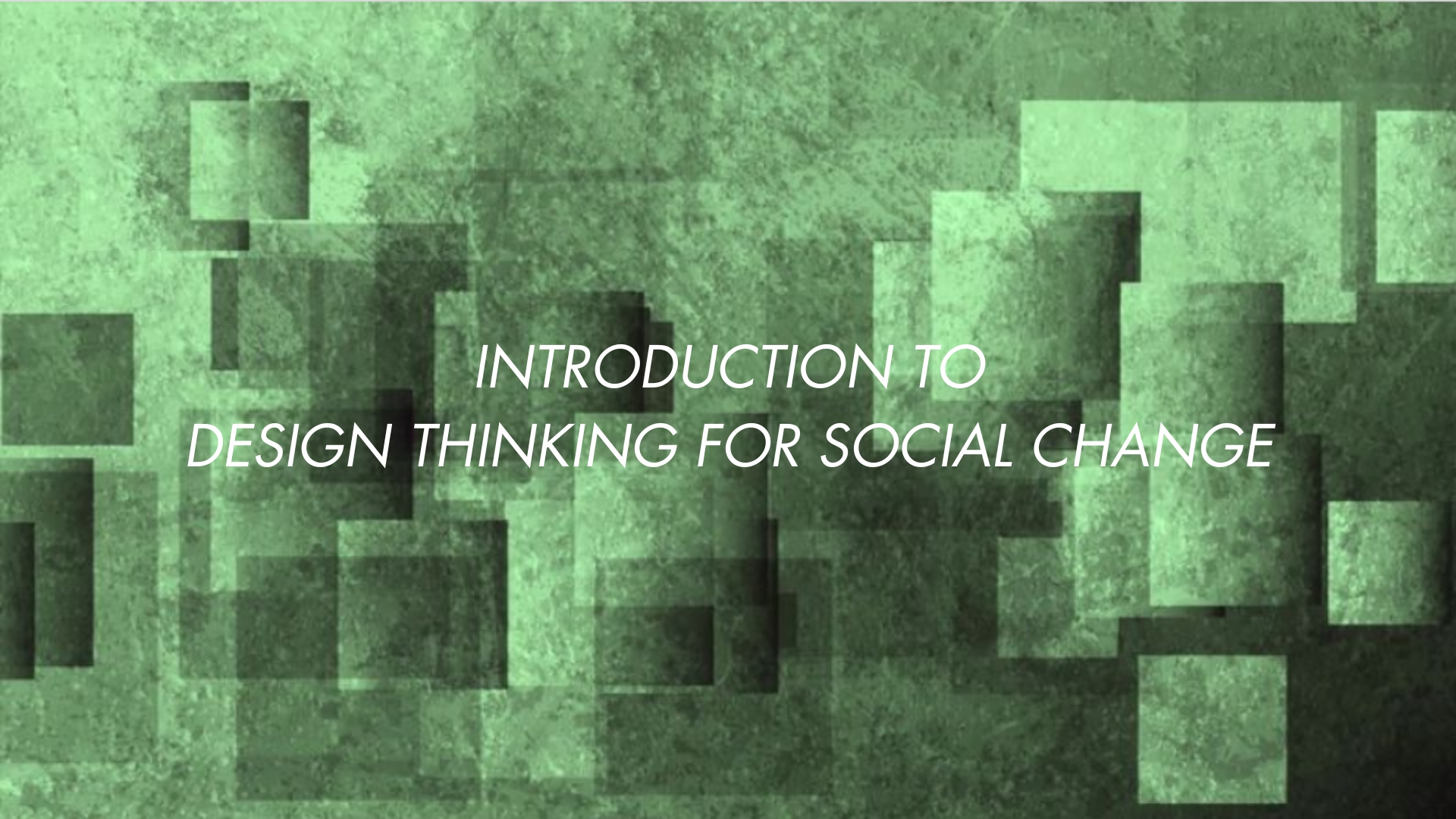 5 MinutesLesson Locked
5 MinutesLesson Locked
Design Thinking for Social Change
-
What is Design Thinking? The Design Lens
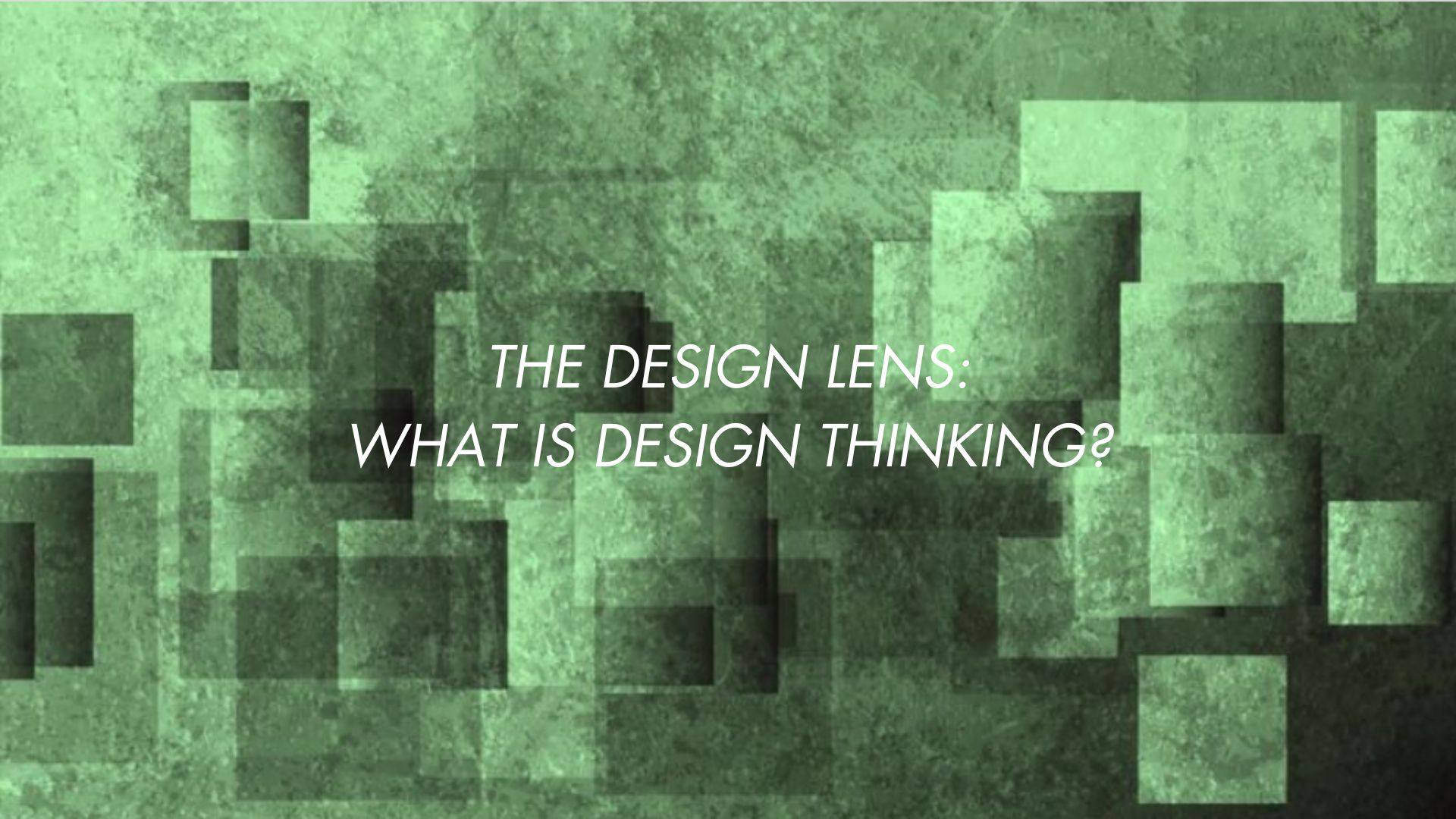
In this lesson, Prof. Goldberg introduces the concept of design.
You'll watch two short videos that explore the design lens, the idea of affordance, and how design connects to social change. After viewing, you'll respond to one Reflective Question by posting in the Forum. A related resource is also provided to support your learning.
10 MinutesAssignmentLesson Locked -
Historical Perspective in Context
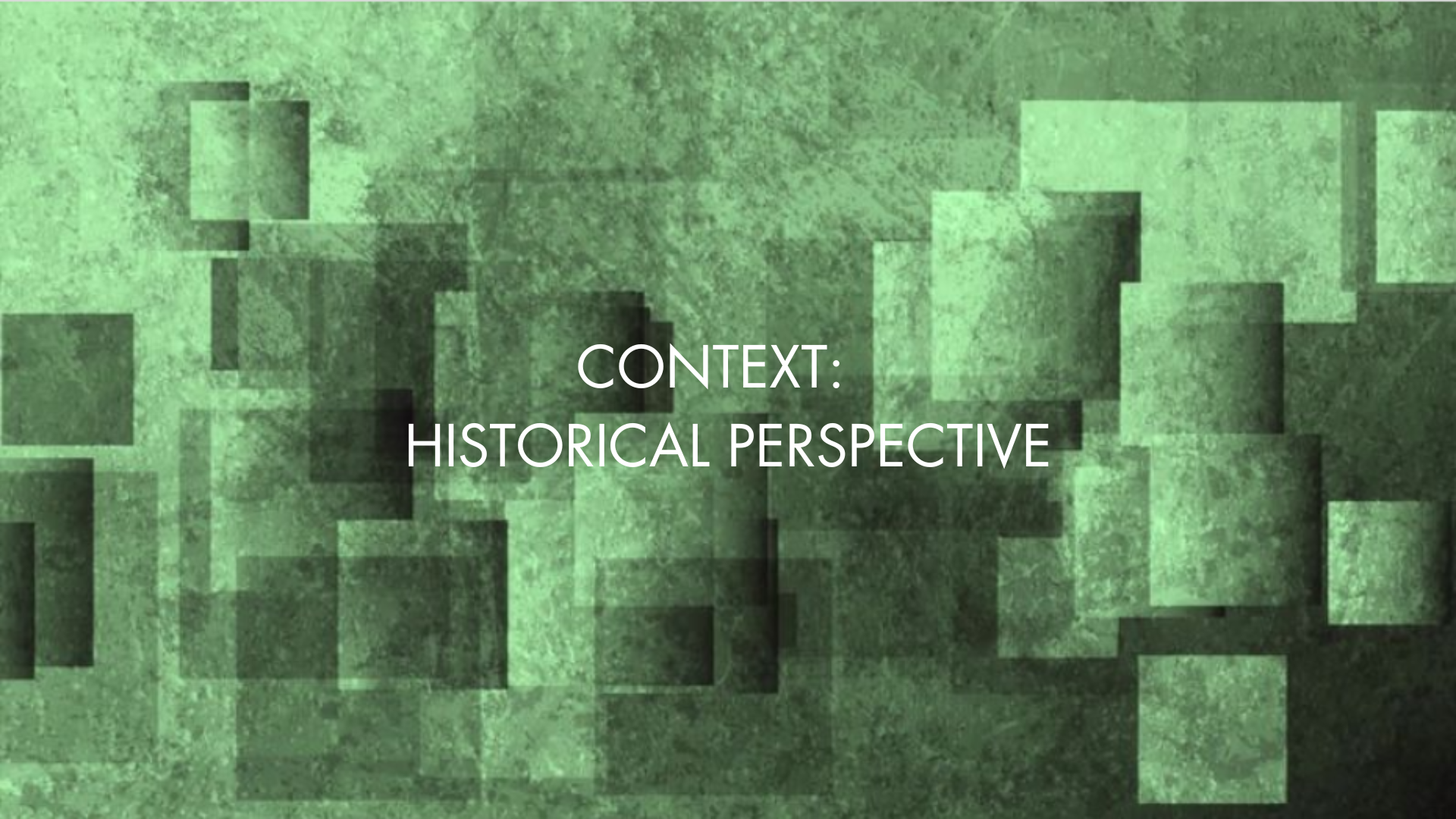
This lesson explores the history and evolution of design.
The first video takes you through a historical perspective—from early human tools to modern design. The second video explains how design developed into a formal way of thinking and a discipline. The final video looks at how thoughtful design can positively impact a world in need of intentional and spiritually grounded leaders.
You’ll respond to one Reflective Question in the Forum and have access to one related resource to support your learning.
20 MinutesAssignmentLesson Locked -
Mindsets, Skills and Methods of Human Centered Design

This lesson introduces the differences between divergent and convergent thinking within the design process.
You’ll explore key mindsets essential to design thinking for social change, and consider how the practice of design mirrors spiritual disciplines—emphasizing the importance of praxis, or applied practice, as a crucial step.
Note from the Professor:
You may want to revisit this material after going through a full design cycle. These concepts will become clearer and more meaningful once you've experienced them firsthand.There is one Reflective Question to complete as part of this lesson.
18 MinutesAssignmentLesson Locked -
Step-by-Step Exercises and Practice in Human Centered Design
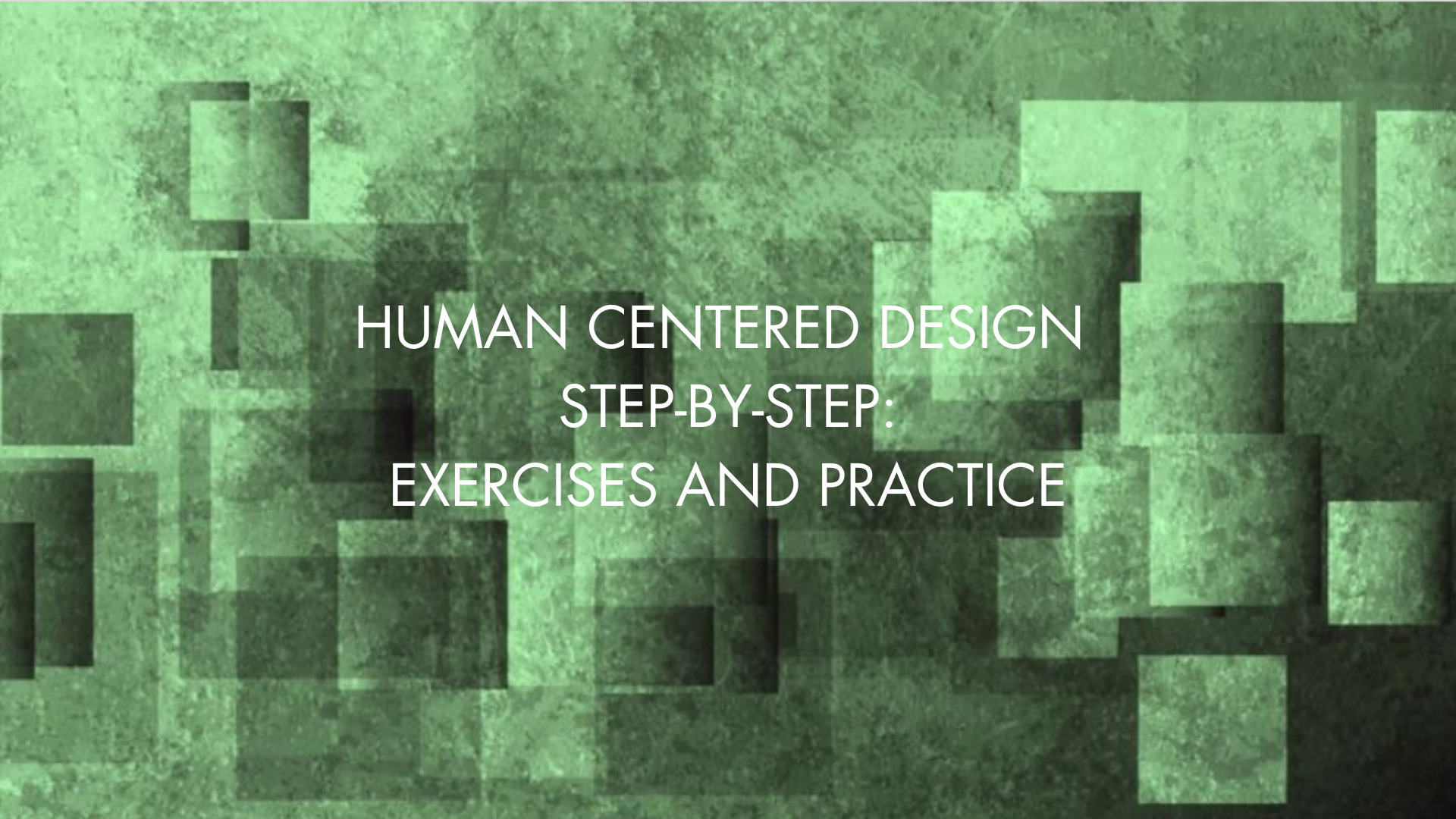
This lesson walks you through the six key steps of the Human-Centered Design process using videos, visual aids, and hands-on activities.
Note from the Professor:
For each step:-
Watch the lecture (more than once, if helpful)
-
Study and break down the infographic
-
Practice the method
-
Repeat as needed
The Six Steps Covered in This Lesson:
-
Inspire – Learn how community-centered inspiration arises through empathic listening and identifying human needs.
-
Define – Understand how to clearly define the real need uncovered through interviews.
-
Ideate – Explore group brainstorming and the creative process of generating ideas.
-
Prototype – Discover how to build quick models to test and refine your ideas.
-
Test – Learn the value of testing your prototypes and gathering feedback.
-
Reflect – Recognize the essential role of reflection in refining both your design and your understanding.
What’s Included:
-
One Reflective Question
-
A Final Assignment
-
Two supporting resources to deepen your learning
38 MinutesAssignmentLesson Locked -
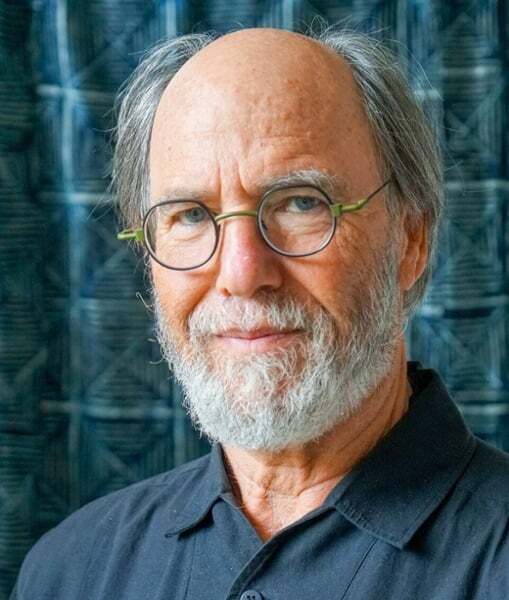
Design Thinking for Social Change (TEL)
Taught by Neil Goldberg
This foundational course introduces the principles of Design Thinking for Social Change. Students will learn to identify community needs, craft challenge statements, and develop iterative solutions for their target populations. The course culminates in the creation of a proposal aimed at engaging decision-makers and driving meaningful, community-centered change.
This course is part of the PSR - Theological Education for Leadership Learning Path.

